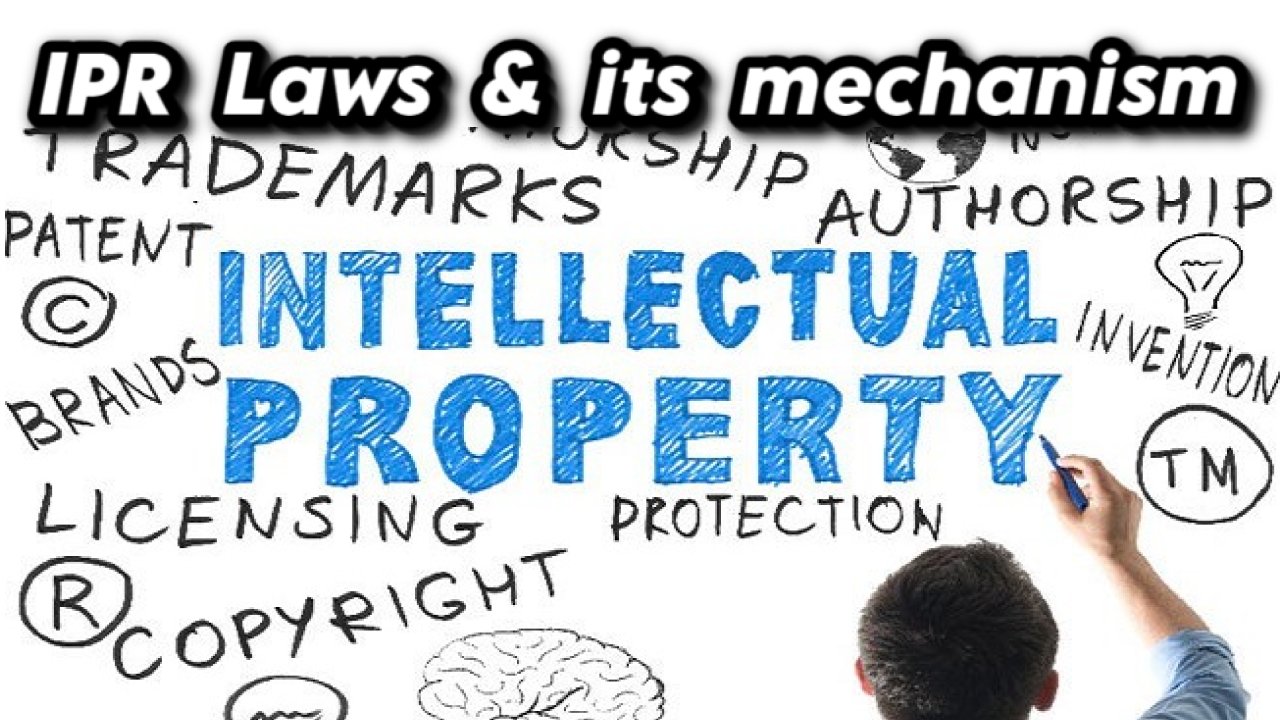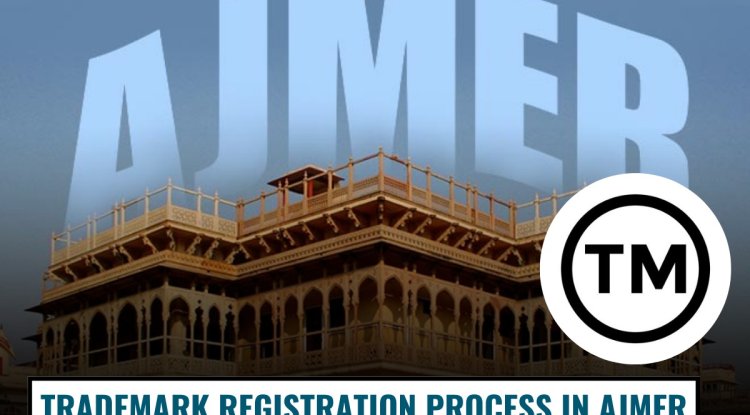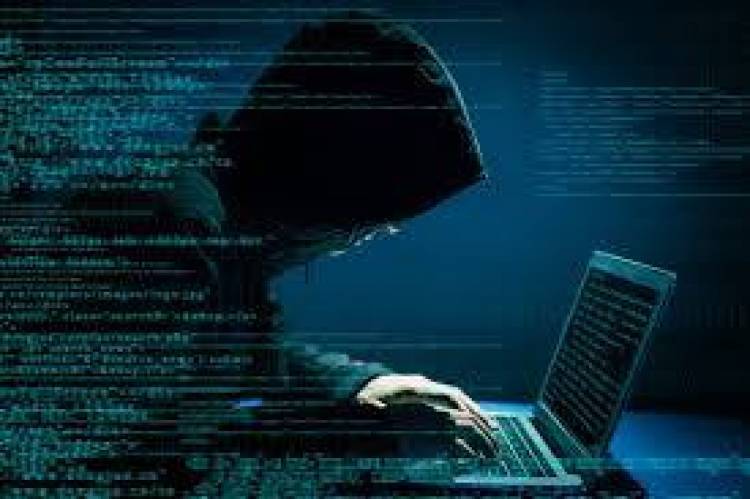IPR LAWS AND THEIR MECHANISMS IN CYBERSPACE: DECODED
This article delves into the intricate intersection of Intellectual Property Rights (IPR) laws and the dynamic realm of cyberspace. The discourse navigates through the crucial facets of copyright issues, cybersquatting, trademark infringement, and meta tagging. The exploration unfolds the legal mechanisms and challenges associated with safeguarding intellectual creations in the ever-expanding digital landscape.

INTRODUCTION
Intellectual property as the name suggests, refers to creation which is done by the human mind and includes the possession of any thoughts or a design that comes out from the intellect of a certain someone. In layman's terms, it can be said that the owner of any invention or design or for that matter any distinct forms of work owns the exclusive right to his ideas and it becomes unlawful for anyone to copy or reuse his work without any prior permission sanctioned by him.
Cyberspace on the other hand is considered to be a physically non-existent domain where numerous computers are connected through the networking system so that a stable communication system is established between them. With the ongoing expansion of technology, we see that cyberspace is something which lies beyond the scope of every individual. this steadfast growth of cyberspace led to the opening up of business platforms existing in this domain along with a lot of increased pressure on intellectual property which witnessed.
With this unending horizon of digital space we see that crimes have stopped limiting themselves to only frauds, identity thefts, cyberbullying etc but have also advanced to infringements of copyrights and existing trademarks of various businesses be they small or huge and also other organisations. The contents posted online need protection at all costs and without IP laws it becomes difficult to operate, hence Cyber Law and Intellectual Property Rights cannot be separated in today's time. In the unending loop of cyberspace, people make profits by using another person's creation without any consent from the owner of the content. This step amounts to a violation of rights that are protected under the IP laws.
IPR ISSUES IN CYBERSPACE
1. COPYRIGHT ISSUES IN CYBERSPACE
Copyright protection is a right given to an owner of any published literary, artistic, dramatic or even scientific work etc if his work can be distinguished and also unique and one of a kind so that he can gain profits in monetary terms for his piece of work .when such works are exploited or used by anyone else then it is known a copyright infringement. a classic example of this can be copying of project or research material from websites or contents posted in a blog etc also amounts to the infringement of copyright and is an unethical violation
- LINKING - here we see that permission is granted to any website user to visit another location on the Internet and this happens simply by clicking on a word or an image present on the web page by which the user can view another web page present elsewhere in the world or simply elsewhere on the same server as the original page. The issue of linking damages the original rights or interests of the owner of the linked web page this again opens and creates the supposition that both the two pages are the same and promote the same idea and ideology.
Due to this in the linking process, the link side can lose their income. However, the term deep linking again is a challenge whether the law is considered to be more ambiguous in international as well as domestic spheres.
The legal issue about deep learning emerges while reading sections 14 and 51 of the Indian Copyright Act 1957, where there is no such clarity given to the exact stage when the reproduction of any copyrighted work is being committed. Linking again possesses a similar challenge where the creator of the links merely provides a visiting browser with the road map to retrieve any image or images which can be then copied by the final user who is completely unaware of the fact that its browser is pulling out various components from websites.
The creator here is not communicating or distributing any definite aid or at least making any adaptations to the copyrighted piece which comes under the ambit of section 14 (a) of the Indian Copyright Act 1957. And again on the other hand the final user has no Mens Rea or even any knowledge of violation of copyright from his end and thus is caught unaware.
In The Shetland Times v. Wills (Court of Session, Edinburgh) (24 Oct. 1996)
The Shetland News uses deep links to embedded pages of the Shetland Times' website, through the use of the Times' website's news headlines, which was held to be an act of copyright infringement under British law and an injunction was issued for the same.
- SOFTWARE PIRACY It is also covered under the Indian Copyright Act. This is knowingly making use of a computer for an infringing copy of a computer program.
Piracy can be of 3 types:
- Soft lifting
- Software Counterfeiting
- Uploading-Downloading.
2. CYBERSQUATTING AND TRADEMARK INFRINGEMENT
A trademark means a mark capable of being represented graphically and which can distinguish the goods or services of one person from those of others and may include the shape of goods, their packaging and a combination of colours. Cybersquatting is done when domain names are registered, sold or trafficked in to make a profit from the goodwill of someone else. It is punishable.
Trademark Issues In Cyber Space regarding domain name disputes arise when more than one individual believes that they have the right to register a specific domain name. It arises when a registered trademark is registered by another individual or organisation that is not the owner of a trademark that is registered.
All domain name registrars must follow the ICANN's policy. Cybersquatting is a type of domain name dispute.
Yahoo! Inc v. Akash Arora & Anr,1999 IIAD Delhi 229, 78 (1999) DLT 285
The defendants in this case were using yahooindia.com for providing internet services. The petitioner was the owner of the trademark Yahoo! and had registered its domain name with different countries like Yahoo.in India. Hence, the domain name yahooindia.com could be mistaken as an extension of Yahoo!. The Court treated the matter as passing off and granted an injunction restraining the defendant from using the domain name yahooindia.com.
3. META TAGGING
Meta tagging is a technique in which a word is inserted in the keywords field of the site to increase the chances of a search engine returning the site, even though the site may have nothing to do with the word which was inserted. Infringement of trademark occurs when companies include their website meta tags containing the names or descriptions of other companies.
CONCLUSION
Moving along with the technological advancements and innovations it becomes important to protect all the sensitive data as well as information and intellectual property in the online domain by resorting to stricter legal measures. As new kinds of cyber crimes affecting intellectual property are cropping up, it happens to be important to enact newfound laws as traditional regulations are not at all sufficient to provide justice as the challenges faced in protecting or tracing the infringers of intellectual property in the cyber world are quite challenging.












